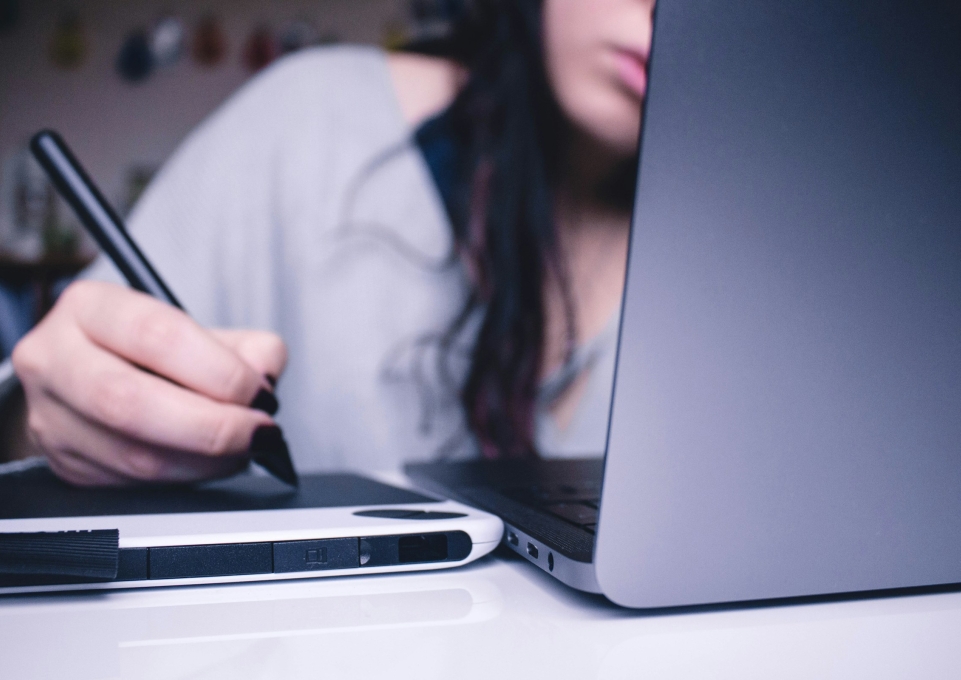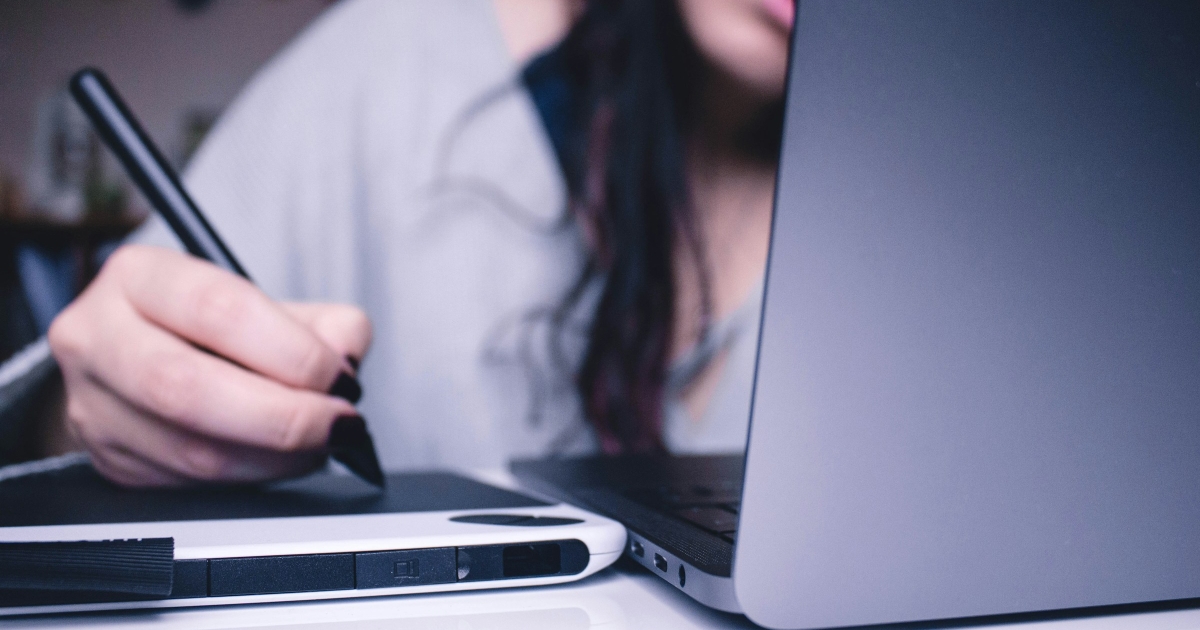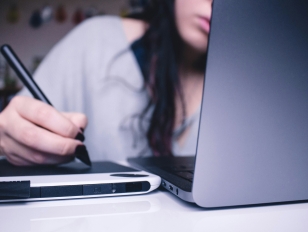
The number of Buffalo State University students identifying as having a disability is increasing each year. For the 2022–2023 academic year, the number of students was 496—now, it’s 677. This means the Student Accessibility Services Office (SAS) is more important than ever.
While SAS is well-known for providing students with general academic accommodations like extended testing time and a distraction-reduced environment, the office’s impact extends much further. From active outreach to local high schools to guiding faculty members in creating inclusive curricula, SAS directly shapes the Buffalo State University experience.
Student Accommodations
“The first thing that you think of when you think of SAS is providing students with accommodations so that they are able to get the tools they need and successfully meet their educational goals,” said Sumana Silverheels, interim director of SAS. “We look at their needs, learning abilities, and where the barriers lie. Then, we give them the supports they need to succeed.”
Silverheels said that granting accommodations in higher education provides students equal access without modifying or changing academic standards. Students are provided with the tools that allow them to interact with material more effectively. The office offers a variety of assistive technology tools for all students, including literacy support software, smartpens, and notetaking applications that allow students to highlight, create vocabulary lists, take audio notes, and more.
“High school tends to create a lot of stigma for students with disabilities, so many students come here and think, ‘I’m going to do it on my own,’” Silverheels said. “But our team is discreet and here to help. No one other than us knows what their disability is—it’s confidential. We are a safe space.”
“We look at their needs, learning abilities, and where the barriers lie. Then, we give them the supports they need to succeed.”
SAS services are available to students with permanent or temporary disabilities (such as a concussion or broken bone). Students request support through the SAS website and a system called Accommodate, which stores their information, and are assigned a provider in the SAS office. Silverheels said the initial intake meeting is “an interactive process to see what the student’s barriers are and what kind of accommodations will help them.”
The office also handles requests for disability-related housing and emotional support animals, and offers a Continual Support Program, which provides support for registered students to learn organizational, time management, and study skills, along with other skills necessary to help them navigate higher education.
“We help them learn about resources around campus and guide them through the process of being a student,” Silverheels said. “First-year students have regular meetings with a provider. From there, they may become more independent and ‘graduate’ out of the program, but we don’t cut them off. Second- and third-year students can meet with our graduate assistant if they so choose.”
Outreach
As part of the Western New York Collegiate Consortium of Disability Advocates, SAS engages in frequent outreach for grades K–12 and is actively involved in WNYCCDA’s annual College Night, which will take place this year on Thursday, October 17, at Daemen University. Disability services staff members from different colleges and universities will be on hand to provide information and resources to high school students and families.
“It’s important for high school students, parents, and caregivers to understand the difference between services at the high school and college level,” Silverheels said.
In August, SAS launched a new three-day program called Explore BSU. Supported by incremental funding from the State University of New York (SUNY), the initiative was designed to be an immersive campus experience for participants—juniors and seniors from local high schools—to visit campus and its state-of-the-art facilities; engage with faculty, staff, and current students; and participate in activities that showcase campus life.
Explore BSU students participated in hands-on activities with representatives from the Fashion and Textile Technology, Geosciences, Social Work, and Speech-Language Pathology departments, as well as Butler Library, the Muriel A. Howard Honors Program, and the School of Education.
“It’s important for high school students, parents, and caregivers to understand the difference between services at the high school and college level.”
“A visit sometimes doesn’t show you enough,” Silverheels said. “It’s so common that students come to college with one major in mind, take general education courses, and decide they’re interested in something else. We wanted to offer activities that help students understand what the majors are and get to know what some of the departments are like. Nothing is as good as being immersed in the work being done as a student at the school.”
“It showed me that there is a whole world of educational routes and jobs, a fact I thought I knew, but had not believed,” said Madeleine, an Explore BSU participant from Sweet Home High School. “Being able to see and experience what my future could be like was eye-opening and makes me long for my first day of college even more.”
While the program was not specifically for students with disabilities, all students were asked if they had any accessibility needs before coming to campus and educated on how to seek support as a Buffalo State student.
SUNY Compliance and Accessibility
All SUNY institutions must comply with SUNY’s Electronic and Information Technology Accessibility Standards. These standards are broken down into five areas: website accessibility, digital content accessibility, library accessibility guidelines, classroom accessibility, and procurement accessibility.
“Accessibility has become a huge part of SUNY’s initiative,” Silverheels said. “Buffalo State and our office are actively involved in helping SUNY make sure things are effective.”
SAS works directly with Buffalo State faculty members to provide resources and support for creating accessible content and plans to continue to increase this support.
“Very often, we are a bridge between faculty and students,” Silverheels said. “When faculty have questions, we try to help them understand the student perspective, and when students are having trouble, we try to help them understand the faculty perspective and the goals of higher education.”
SAS strives to make accessibility an integral part of the higher education system, rather than an afterthought.
To learn more about Student Accessibility Services, please visit the SAS website.



